Are you wondering if corn is a fruit or a vegetable? The answer might surprise you. Corn is actually a fruit, vegetable, and grain all at once!
In this guide, you’ll discover why corn is classified in so many ways. We’ll explore how botanists see corn as a fruit, why it’s a vegetable in our diets, and when it’s considered a grain. You’ll also learn about its many uses beyond just food.
Curious to know more about this versatile plant? Keep reading to uncover the fascinating facts about corn and why it holds such a unique place in our kitchens and beyond.
- Related article: Fruit vs Vegetable Differences
5 Key Takeaways on Is Corn a Fruit or Vegetable
- Corn is special. It’s a fruit, vegetable, and grain. It comes from the flower’s ovary, making it a fruit. We use it as a vegetable in cooking. When it dries and matures, it’s a grain.
- Corn is a global staple. You can find it in casseroles, soups, breads, and snacks. It’s also used to make eco-friendly plastics, batteries, and cosmetics.
- Corn is packed with nutrients. It has vitamins C and A, folate, iron, potassium, and B vitamins. It also contains antioxidants like lutein and zeaxanthin, which are good for your eyes. Plus, it has soluble fiber that helps digestion and can lower cholesterol.
- Corn isn’t just for eating. It’s used to make biodegradable plastics, renewable batteries, and cosmetics. You can even heat your home with corn-based pellets. Corn products are in many pharmaceuticals and health items.
- You can add corn to your diet in many ways. Try it in salads, sandwiches, snacks, soups, smoothies, or even pickles. Its versatility makes it a great ingredient for a balanced diet.
Is Corn a Fruit or Vegetable?
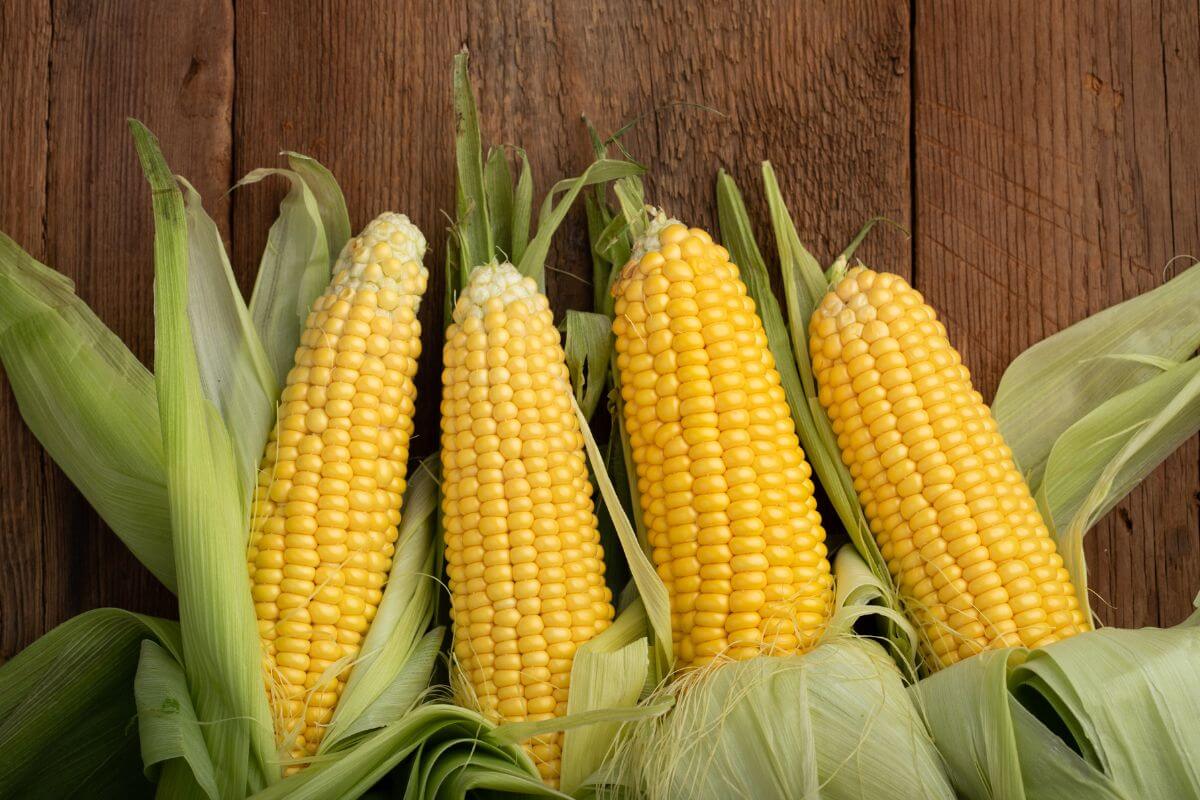
You might be surprised but corn is actually a fruit, vegetable, and grain. In cooking, we eat corn as a vegetable or grain. But botanists see corn as a fruit, like zucchini, tomatoes, and squash.
Corn, also called maize or Zea mays, belongs to the Poaceae family. It’s a staple food worldwide. You find it in casseroles, soups, breads, baked goods, snacks, and side dishes.
Single kernels are grains. An entire cob is a vegetable. But botanically, corn is a fruit.
Corn doesn’t seem like other fruits. But technically, it is because kernels are “the fleshy or dry ripened ovary of a flowering plant, enclosing the seed or seeds.”
Farmers and dairy producers grow field corn as silage and grain for livestock.
Because we eat fresh corn like potatoes, peas, sweet potatoes, and beets, it’s a starchy vegetable. So, sweet corn kernels are starchy vegetables.
Here are the different takes on why corn is a fruit and why it is a vegetable:
| Why Is Corn a Fruit? | Why Is Corn a Vegetable? |
|---|---|
| 1. Corn is classified as a fruit because it is a seed that comes from the flower or ovary of the corn plant. For botanists, corn is technically a fruit, like oats or wheat. | 1. In the culinary sense, corn is considered a vegetable because it is primarily used as a vegetable in our diets. |
| 2. When classified as a fruit, corn is specifically known as a caryopsis or grain, which is a dry one-seeded fruit. | 2. The USDA includes sweet corn in its list of vegetables, adding to the practical reasons why corn is considered a vegetable. |
| 3. Fruits and vegetables are differentiated based on the part of the plant that is eaten. If the edible part comes from the plant’s ovaries or reproductive tissue, it is a fruit. | 3. The broader definition of a vegetable includes “any plant whose fruit, seeds, roots, tubers, bulbs, stems, leaves, or flower parts are used as food,” which can also categorize corn as a vegetable. |
Why Is Corn a Grain?
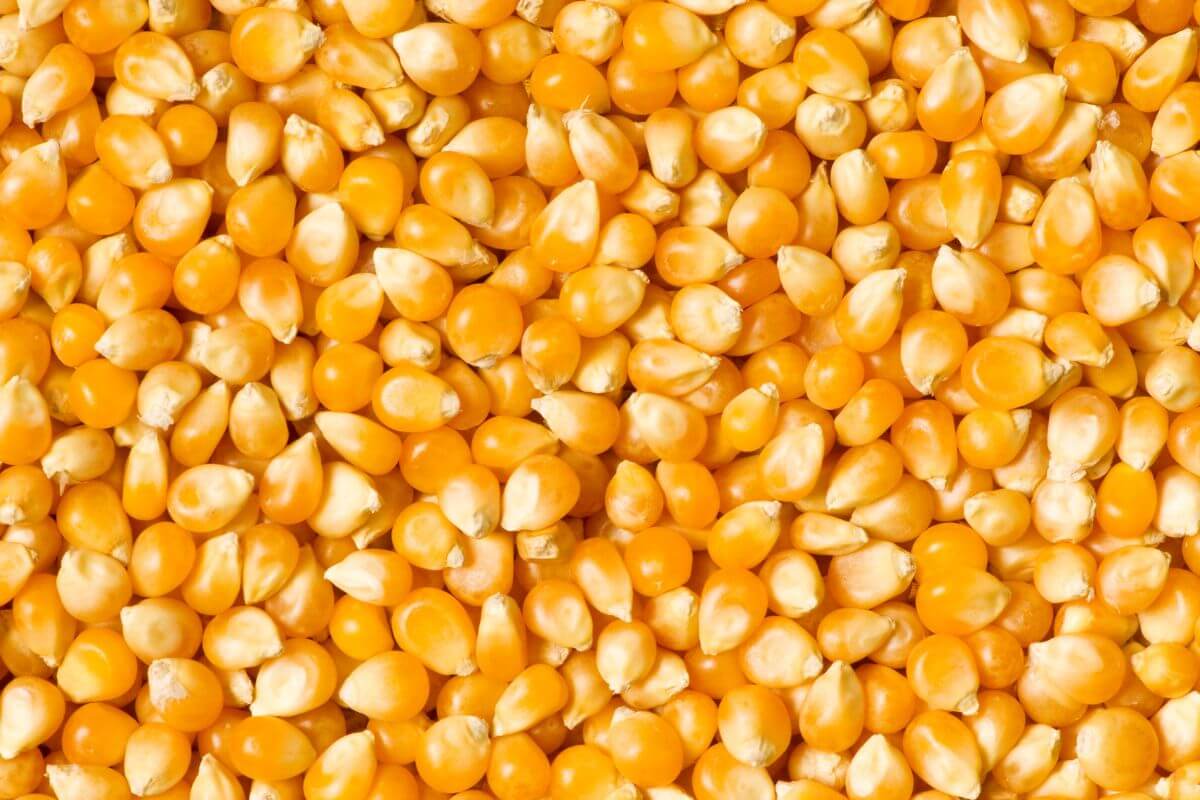
When corn is mature and dry, it’s classified as a grain.
A whole grain means the entire grain is used. White or yellow popcorn, like brown rice, is a whole grain because the bran, germ, and endosperm are all intact.
But we often eat corn as both a vegetable and a grain.
Corn kernels, like those for popcorn, are whole grains because they keep their germ, bran, and endosperm. Heat makes the hard seed coat burst and reveals the white puffy endosperm.
Sweet corn, often in salads or as a side, is picked before it matures and before the sugars turn into starch.
Corn is also dried and ground into meals for baking or cooking. Milled corn or cornmeal might only have the endosperm, missing the fiber and nutrients of a whole kernel. But they’re still considered grains even in this form.
What Are the Different Uses of Corn?
Many people think corn is just food for us and animals like livestock, poultry, and pigs. But corn has many surprising uses in our daily lives.
Most U.S. corn isn’t used for food. It serves many purposes in different industries. Here are some important ways we use this versatile plant:
1. Corn Is Used in Plastics
You might be surprised, but not all plastics are synthetic. Corn-based plastics are becoming more popular as people learn about environmental health and the harm plastics cause.
Corn plastics use about 68% less fossil fuel to produce and release 55% fewer greenhouse gases. They are also biodegradable, making them eco-friendly.
PLA plastic, made from corn or plant starches, is biodegradable. However, it needs specific conditions found in industrial composting facilities to break down, not in home compost piles.
Some “compostable” plastics, like PLA, might not fully decompose in home compost piles and can contaminate the compost.
2. Corn Is Used in Batteries
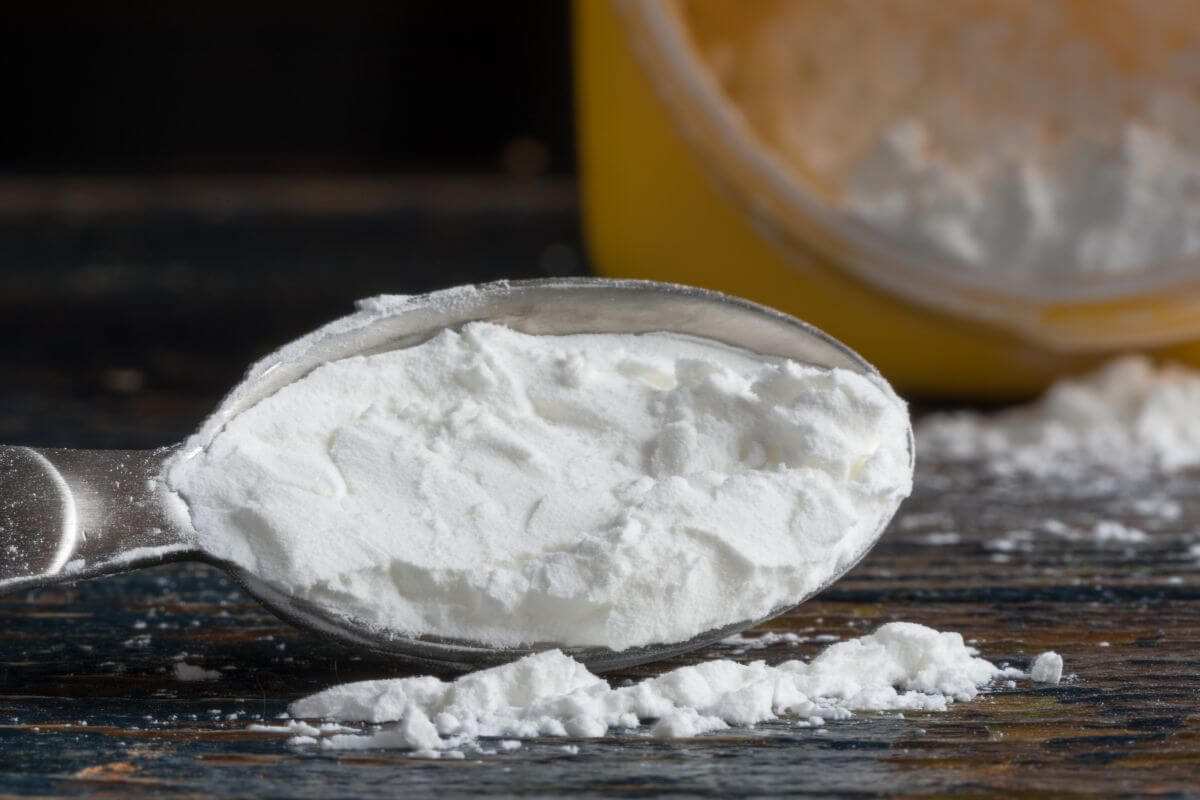
Corn is famous for producing ethanol. But it offers more than that. Corn derivatives are used in batteries. Cornstarch acts as an electrical conductor.
This makes corn important for sustainable batteries. It provides renewable bioelectricity and conductive material. Using corn in batteries reduces reliance on fossil fuels and synthetic materials.
3. Corn Is Used in Cosmetic Hygiene Products
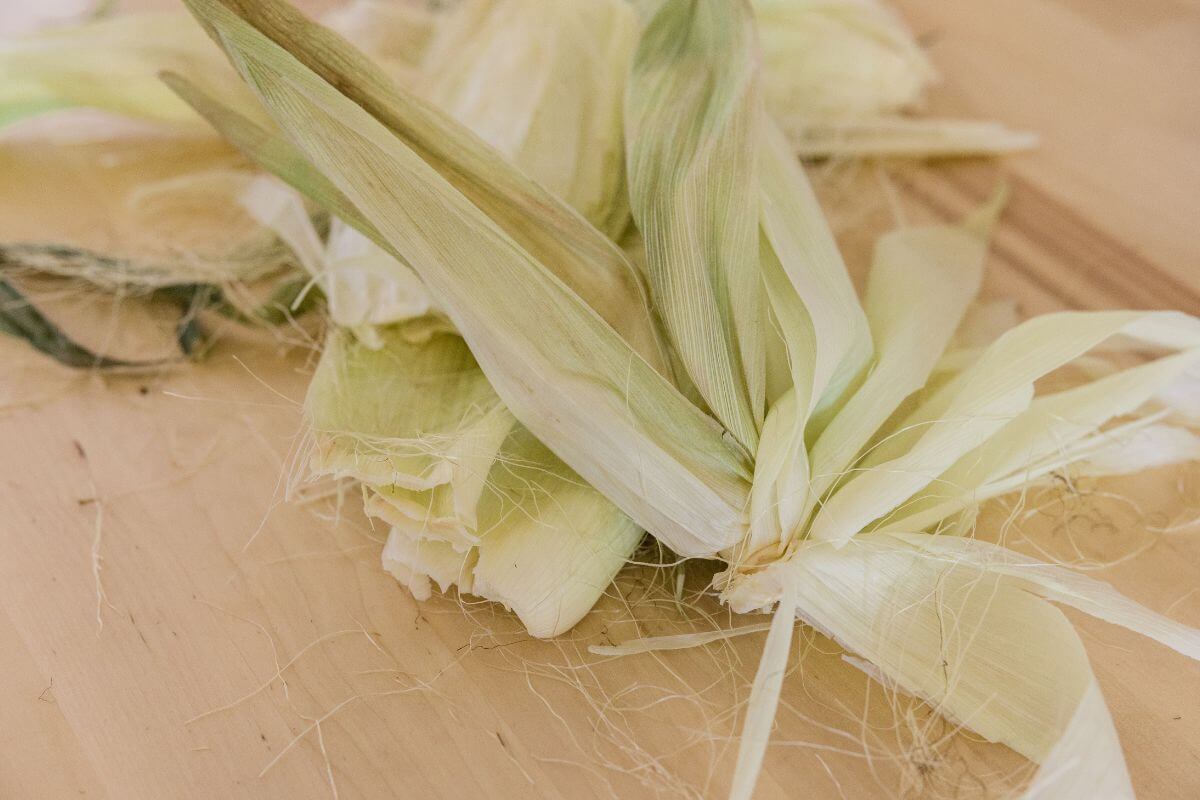
Cornstarch is common in deodorants and cosmetics. You can also find it in toothpaste, detergent, and soap.
Corn husks and skins are compostable. Add them to your compost pile. Pedicures help foot health by dealing with calluses, corns, ingrown toenails, and foot fungus. Personal care routines differ. What works for you might not work for someone else.
4. Corn Is Used in Health Products
Did you use cough drops the last time you had a cough? They likely had corn syrup instead of regular sugar.
If you have a baby in diapers, thank corn for the absorbent layer. This layer is made with acrylic acid from ethylene, a corn derivative. Baby powder also contains cornstarch to keep baby bottoms rash-free.
Many vitamins and medications contain corn products. Starch helps bind and disintegrate pills after swallowing.
Cornstarch is perfect for pharmaceuticals because it’s natural and safe.
Here are key points about the uses of corn in health products:
- Corn oil is in supplements and cosmetics because it has antioxidants like vitamin E and plant sterols that support heart health.
- Cornstarch thickens and absorbs in powders, creams, and tablets. It’s useful in baby powder.
- Corn-derived cellulose bulks and binds in supplements and medications.
- Corn-based glycerin is a humectant in skincare products to retain moisture.
- Corn-derived xanthan gum thickens health drinks, sauces, and other products.
- Corn syrup solids sweeten or bulk protein powders, nutrition bars, and other supplements.
Corn offers functional and nutritional benefits, making it a common ingredient in many health and personal care products beyond just food. Its versatility allows it to serve many purposes in these goods.
5. Corn Can Heat Your Home
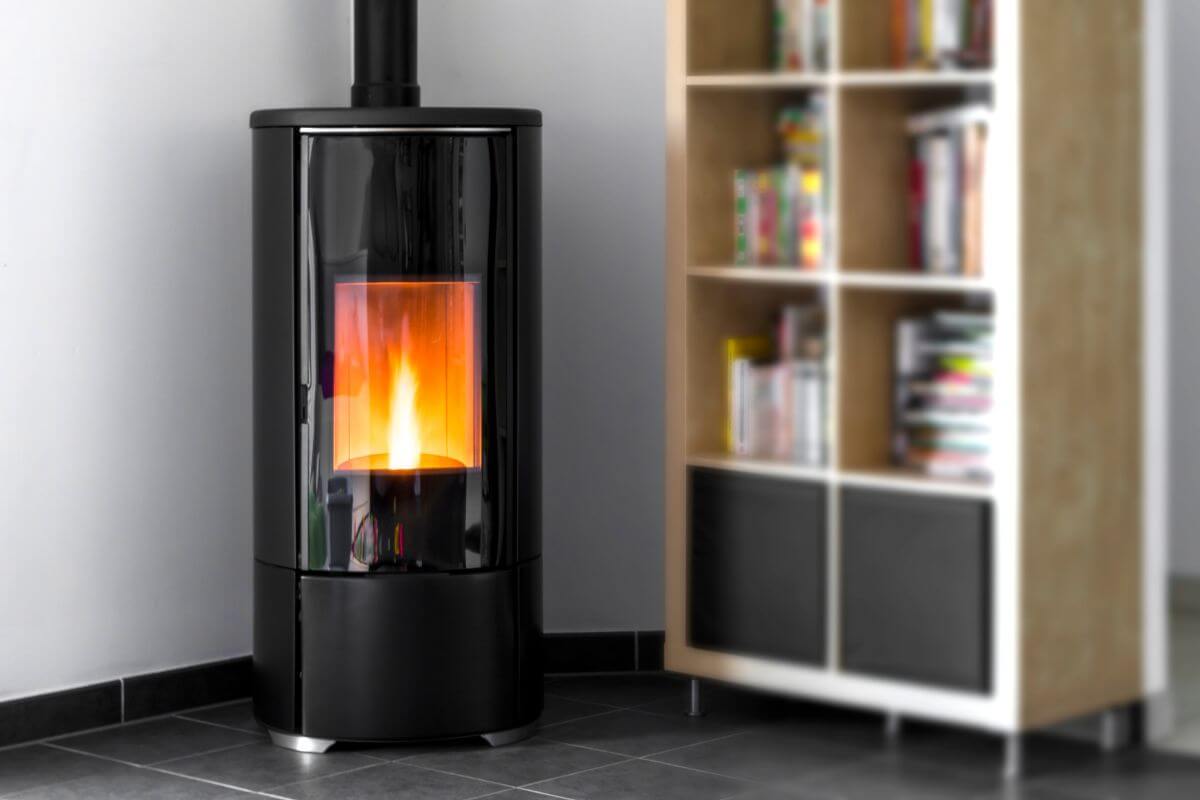
If you heat your home with a pellet stove, try using corn-based pellets to stay warm in cold weather.
Corn stoves burn dry corn kernels to generate heat. They are like wood stoves but use corn instead of wood.
Heating with corn is cost-effective because corn is often cheaper than oil, gas, or propane. You might cut your heating costs in half by switching to corn.
Corn stoves are convenient. You only need to refill the hopper with corn occasionally. They are also easier to maintain than wood stoves.
However, corn stoves need electricity to run the auger and blower. They won’t work during power outages unless you have a backup generator or battery system.
6. Corn Is Used in Carpets
Corn is used to make textiles and carpets as an alternative to petroleum-based products because it is better for the environment.
Corn-based carpets are advertised as greener than traditional ones. They use up to 68% less fossil fuels and emit 55% less greenhouse gases.
While some carpets use corn, they are not entirely corn-based. The corn-derived polymer is mixed with synthetic materials like polyester. More research is needed on the health and environmental impacts compared to traditional carpets.
7. Corn Is a Health Booster
A large ear of corn has about 27 grams of carbohydrates and 3 grams of fiber. This is according to the USDA National Nutrient Database.
Corn is a nutrient-dense food. It provides essential vitamins, minerals, antioxidants, and fiber. These can benefit your eye health, heart health, digestion, and hair health. Corn can be a healthy part of a balanced diet if you eat it in moderation.
Here are a few things that make corn a good health booster:
- Corn has a moderate glycemic index. So it won’t cause sudden spikes in blood sugar if you eat it in moderation.
- Corn is very rich in vitamin C. Many vitamin C products use a corn derivative. It’s used in vitamin C tablets and other supplements.
- Corn is a good source of fiber. It has both soluble and insoluble fiber. This can help your digestion and support regular bowel movements.
- Corn has antioxidants like lutein and zeaxanthin. These antioxidants may help prevent age-related eye diseases.
- Corn is rich in vitamins and minerals. It has vitamin A, vitamin C, folate, iron, potassium, and B vitamins. These are important for various bodily functions.
- The potassium in corn can help lower blood pressure. It reduces the effects of sodium.
- Corn oil and soluble fiber in corn can help lower LDL (“bad”) cholesterol levels.
- Corn provides nutrients like biotin, folate, and vitamin C. These are important for healthy hair growth and maintenance.
8. Corn Sweetens Food and Beverages
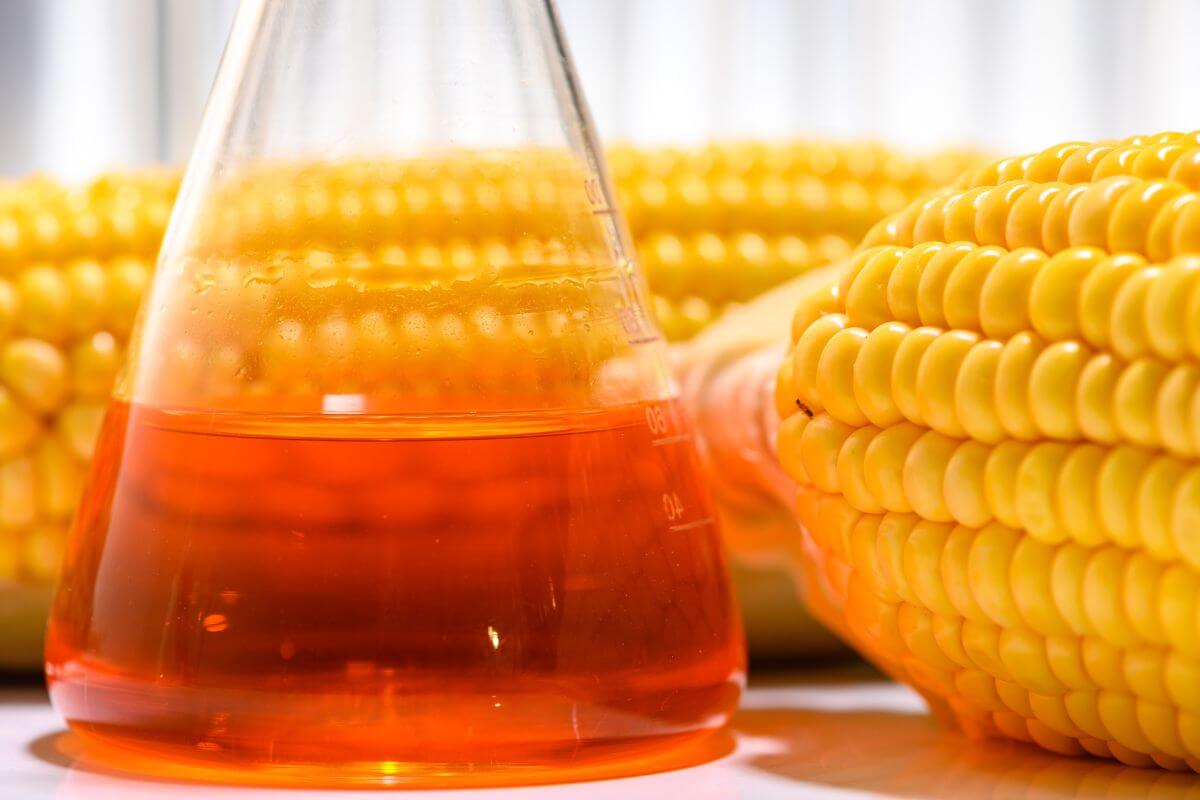
Cornstarch thickens yogurt and ice cream for better consistency. Corn syrup sweetens many products like yogurt, candy, and drinks.
Candy, especially gummies, uses cornstarch to hold shape. Corn derivatives are key in many sweeteners.
Here are some key things about corn as a sweetener:
- Corn sweeteners like high fructose corn syrup (HFCS) replace sugar in many foods and drinks because they are cheaper and have similar sweetening properties.
- Different types of corn syrups, including HFCS, are studied for their effects on baked goods like cookies. They impact the dough’s behavior, baking performance, and the final product’s texture.
- Corn contains natural sugars like glucose and fructose which make it sweet. Sweet corn varieties are especially high in these sugars.
- Corn has antioxidants and phytonutrients like lutein, zeaxanthin, and ferulic acid that may affect sweetness and flavor perception.
Different Ways to Add Corn to Your Diet
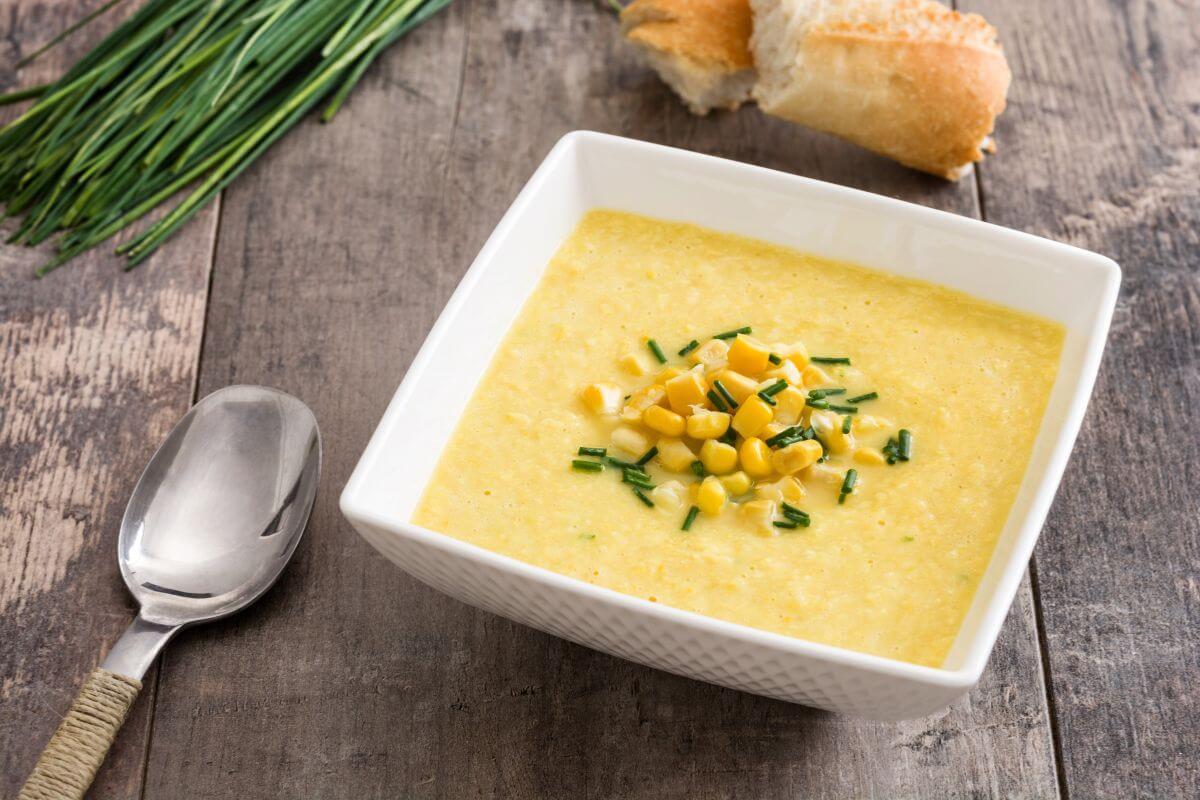
You can easily add more corn to your diet with these ideas:
- Salads – Add fresh corn kernels to green, pasta, or grain salads. They add crunch and sweetness.
- Sandwiches and Wraps – Top your sandwiches, burgers, or wraps with corn kernels. They give a refreshing crunch.
- Snacks – Enjoy corn on the cob, corn nuts, or corn chips as a healthy snack.
- Infused Water – Add sliced corn cobs to water. It infuses the water with corn flavor.
- Smoothies – Blend corn kernels into fruit or vegetable smoothies. It adds nutrition and texture.
- Pickles – Make quick pickled corn with vinegar, herbs, and spices.
- Soups and Stews – Add corn kernels to vegetable soups, chowders, or stews.
- Sushi – Use corn kernels as a crunchy filling or topping for sushi rolls.
- Veggie Trays – Serve cut corn kernels on a veggie tray with dips.
- Salad Dressings – Blend corn kernels into creamy salad dressings or dips.
Get creative and find ways to add corn to your meals and snacks. Its versatility makes it easy to include in many dishes.
Is Corn a Fruit or Vegetable? Final Thoughts
Corn is unique because it’s a fruit, a vegetable, and a grain. It’s not just food for people and animals around the world. Corn is also becoming important in making manufacturing more eco-friendly.
Corn should also be a healthy addition to your diet in moderation. You can add it to meals, snacks, or as part of a veggie tray. This versatile food definitely deserves a place in your fridge.
Learn more about other fruits and vegetables:

